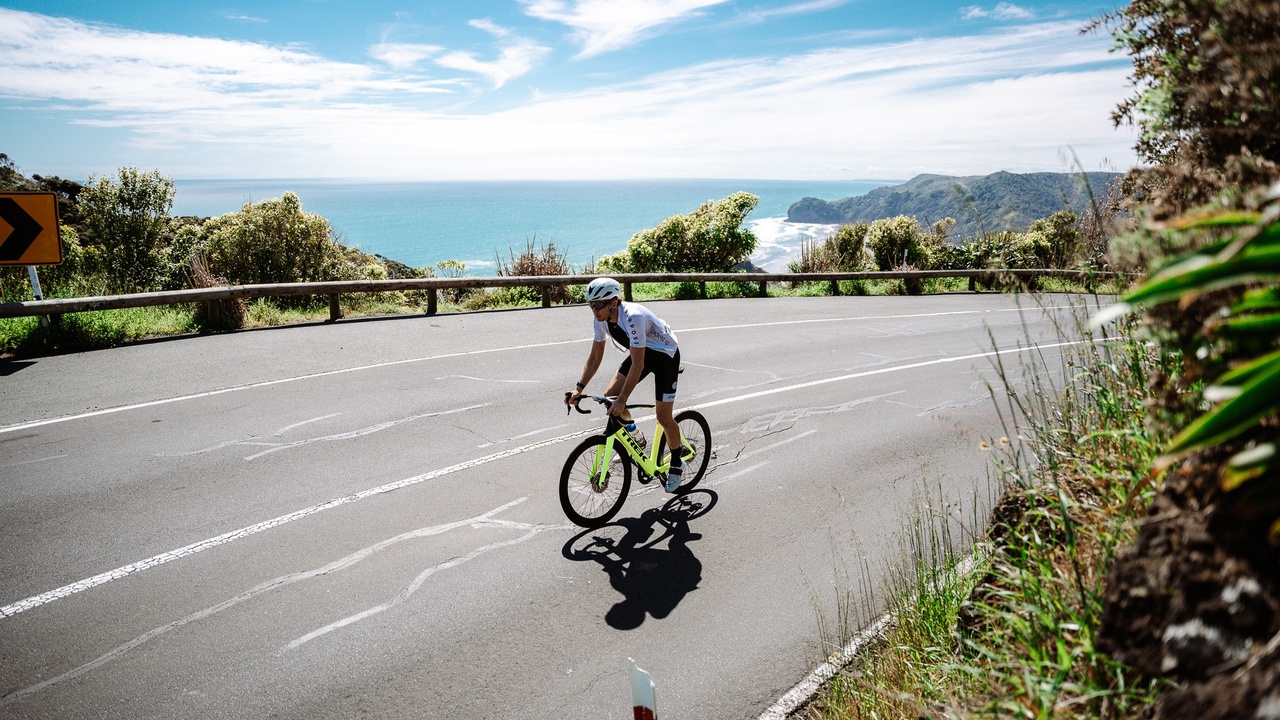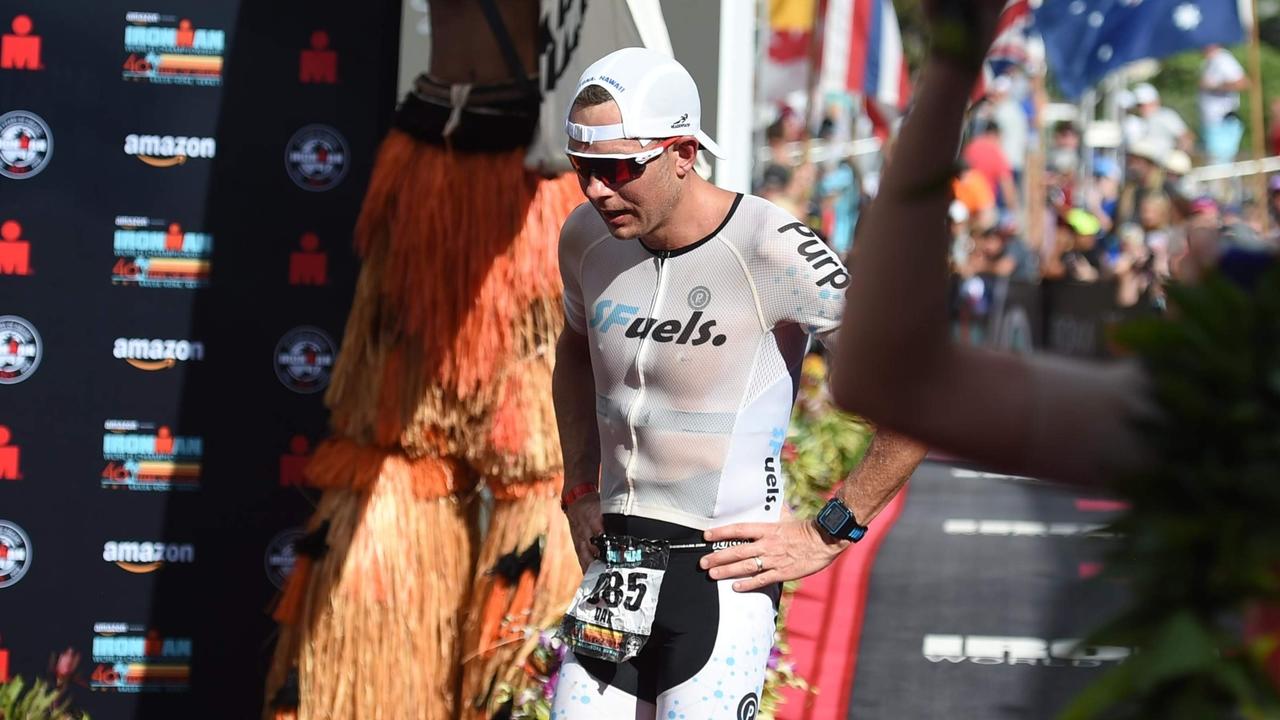Decoding Power Profiles for Maximum Impact!

In the triathlon and cycling communities, many of us have power meters on our bikes, or smart trainers at home. Power output data can be helpful in pacing efforts and tracking longer term progress. I myself programme many of my training sessions using power output – e.g. 4 x 40 min at 270 W for an Ironman workout – with the target number guided by the laboratory-based physiological profile of the athlete I am working with. For example, in the session above, the target power output is designed to be just above the first lactate threshold, in the so-called heavy intensity domain.
However, not all athletes have regular access to laboratory facilities for physiological profiling assessments and the determination of thresholds. For those athletes, power profiling represents an alternative, field-based method that can be used to provide anchor points in our training programming. Also, power profiling may be used to provide a still-elusive ‘durability’ metric. In this blog, I will set out wh...
Zone 2 Training: What’s all the fuss about?

Those of us on social media can’t get away from the hype and discussion around so-called “Zone 2” training. Like with many discussions on social media, you might easily be mistaken in thinking that so-called “Zone 2” training is a brand-new and somehow magical training construct and the only way to achieving your endurance training goals. Whilst that is not the case, training in “Zone 2” is one of the core pillars of my training philosophy when working with endurance athletes and long-distance triathletes in particular.
In this blog, I have tried to clear up some of the confusion around “Zone 2” training and offer my rationale for why accumulating a large volume of low-intensity training is important.
What do we mean by “Zone 2”?
Before discussing why so-called “Zone 2” training might be important, we need to nail down what we mean by Zone 2. In zone 2 training, athletes and coaches use a five-zone model of exercise intensity. Zone 1 is very easy, recovery intensities, and the trans...
The first 'aerobic' threshold: Understanding and practically determining yours for endurance training

By Ed Maunder and Dr Dan Plews
As endurance athletes, we spend a lot of time talking about our ‘thresholds’; “what’s your FTP?” is as ubiquitous in endurance circles as “what’s your bench?” is in strength sport. FTP – or functional threshold power – is a metric gaining increasing footing in training programming and load monitoring in cycling and triathlon. Typically calculated as 95% of an athlete’s best-effort power over 20 min, FTP is used to estimate the second physiological ‘threshold’, which defines the transition from steady-state to non-steady-state physiological responses to exercise. That is, above this second threshold – commonly referred to as the “anaerobic threshold” – physiological variables such as oxygen consumption, circulating lactate concentrations, and muscle and blood acidity cannot stabilise, which means that fatigue inevitably and progressively develops.
Whilst knowledge of this second threshold is definitely of significance to endurance athletes, we argue tha...
Why low intensity training needs to be of low intensity

If any of you have listened to Dan’s chat with Triathlon Taren on his podcast recently, you would have heard him talk about the importance of getting your zone 2 intensity right and ensuring that level 2 endurance training is at the correct physiological stress, i.e. below the first ventilatory (or aerobic) threshold. The reasons that this is so important are both from an adaptation perspective (i.e. ensuring we are making the correct physiological adaptations), but also from an overall physiological stress, which effects our ability to train consistently well. This blog discusses why ensuring that your level 2 training is actually at level 2 could be the key to unlocking your ability to train consistently as you pursue your Long Distance Triathlon goals.
Indeed, one of the most important factors impacting the success of training for long-distance triathlon is intensity distribution and discipline, concepts we will cover in great detail in Endure IQ LDT102: Training Program Fundamenta...
